
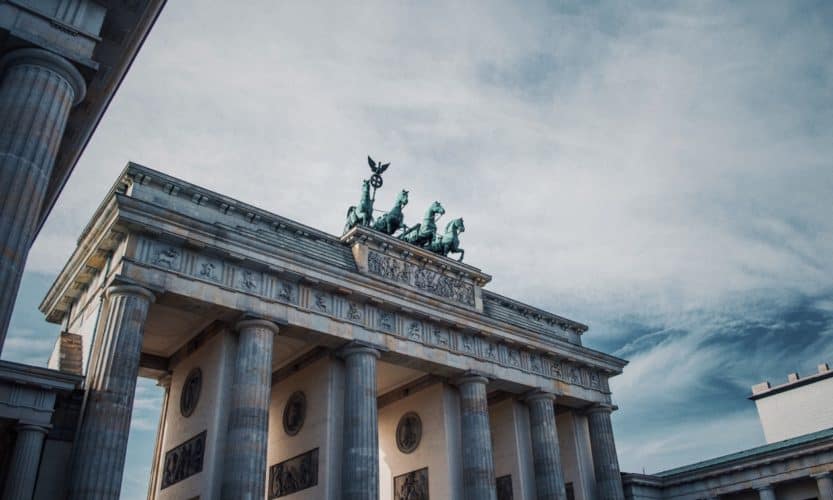
Berlin is the EU’s biggest city and the capital of Germany, and while that may lead you to believe that it will be expensive to visit, nothing is further from the truth. There are plenty of free things to do in Berlin, and I’m here to show them to you.
Before you go any further, take a look at my 3-day Berlin solo itinerary.
Now, let’s take a look at those free Berlin activities!
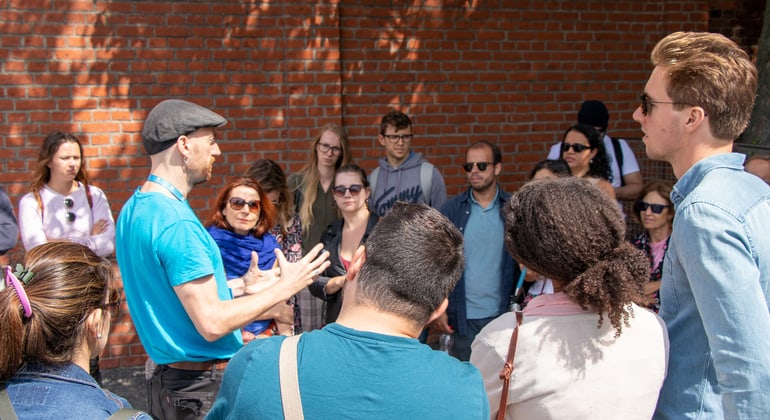
One of my favourite free things to do in Berlin — or in any city, for that matter — is to join a free walking tour.
These tours are usually guided by locals, who will show you things you’ll never find in the guidebooks.
And the best part is, there are so many different kinds of free walking tours in Berlin that you’ll be sure to find something you’re interested in.
Street art? Berlin highlights? Cold War? Whatever it is you’re looking for, chances are you’ll find it in Berlin.
Do keep in mind that free walking tours are often tip-based, meaning that they won’t be completely free.
Tempelhof was Berlin’s main airport until 2008, when it was closed and flights started operating from the city’s other airports, Tegel and Schönefeld, instead.
Today, Tempelhof Field (the runway and its surrounding area) have been converted to a public park where locals go jogging or rollerskating, or even share a picknick on a warm summer day.
More information: Tempelhofer Feld
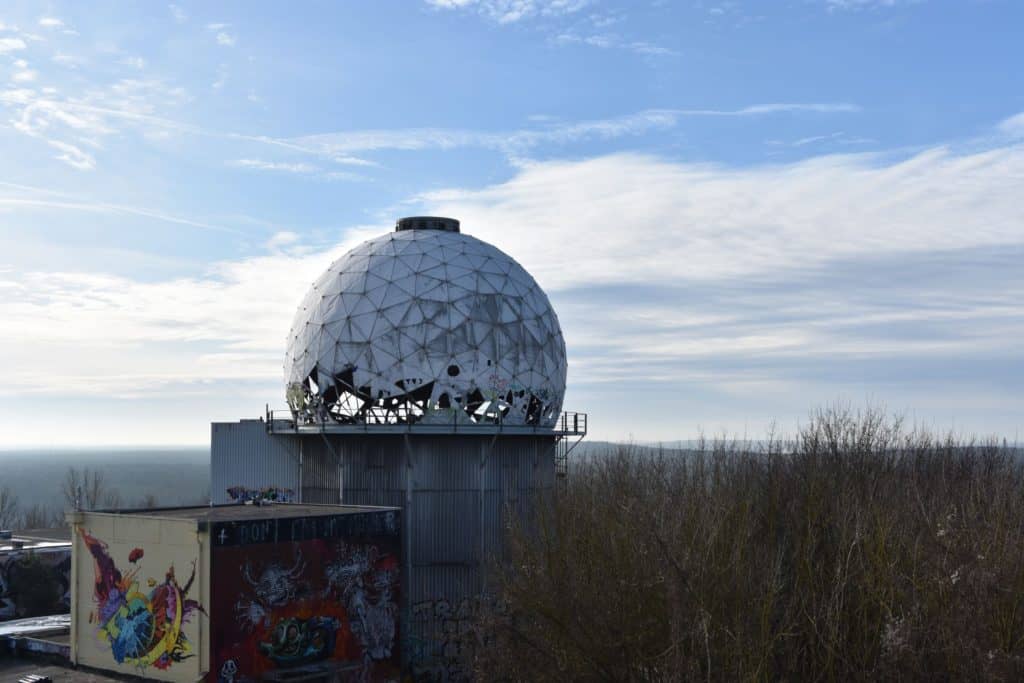
One of my favourite things to do in Berlin – as in any other city, to be honest – is to find some little-known, abandoned buildings and explore them. And, as you might have guessed, Teufelsberg is one of those.
Related: Why I visited an abandoned children’s hospital in Berlin
Teufelsberg is an abandoned spy station on a man-made hill, which has been turned into a street art sanctuary.
You’ll have to face a little bit of a hike (which took me about 30 minutes) and there’s a small fee (€5,50) to enter the grounds, but it’s more than worth it.
Insider tip: don’t bother trying to find a way to climb the towers and get to the domes. It can’t be done, unless you want to risk your life.
More information: Teufelsberg
If you’re ever looking for free things to do in a new city, a safe bet is always to find a cool neighbourhood and walk around for a few hours.
In Berlin, one of those neighbourhoods is Bergmannkiez, a small area in the southern part of the city with charming cobble-lined streets and unique shops and bars to explore.
Some possible highlights for your visit to this area are the Marheinekeplatz flea market, Another Country bookstore, PICKNWEIGHT vintage kilo store and Marheineke Markthalle.
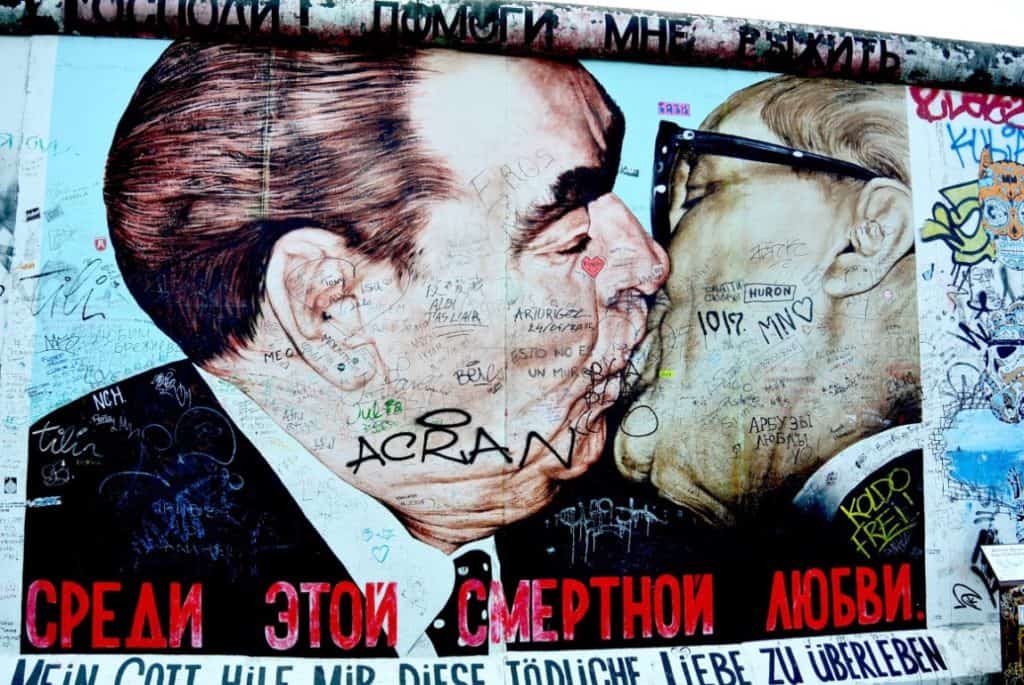
The East Side Gallery is, without a doubt, one of the most popular and best free things to do in Berlin.
As you may or may not know, the East Side Gallery consists of a series of graffiti murals painted directly on remnants of the Berlin Wall.
Fun fact: with its length of 1,4 km, the East Side Gallery is often considered to be the world’s biggest (and longest-standing) free open-air art gallery.
More information: East Side Gallery
As a city that flawlessly combines historic facades and futuristic buildings, Berlin has plenty of impressive architecture for you to discover.
So why not organise your own self-guided architecture walk?
For the specifics on what to see on your walk, I’ll let Julie from The Gap Year Edit do the talking in her article (linked below).
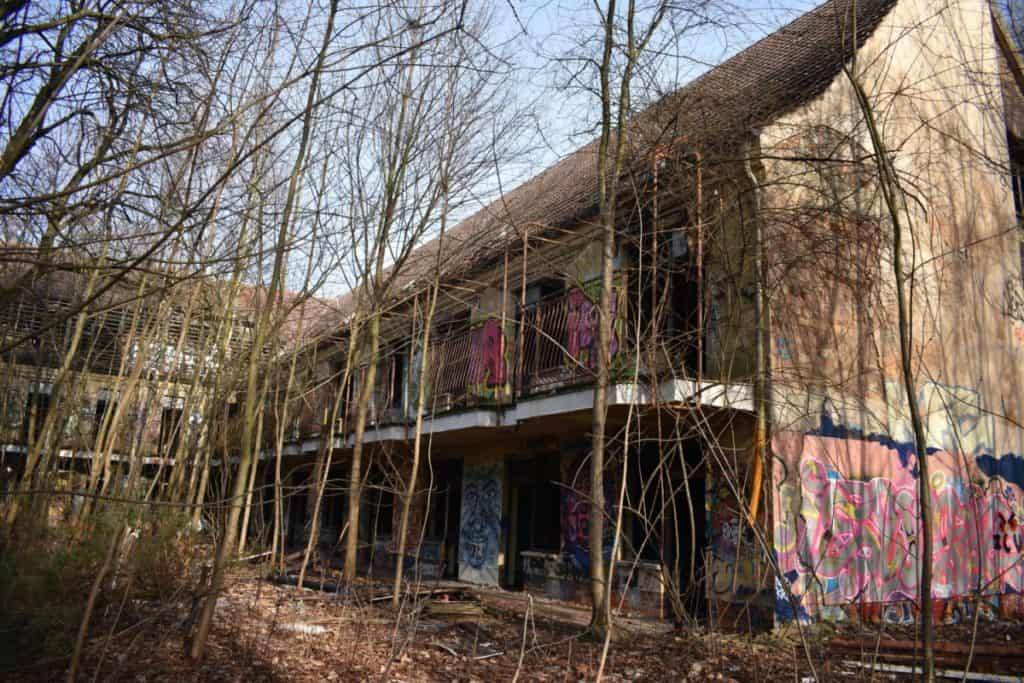
Yeah, I know. It’s a little out there. When you’re looking for free things to do in and around Berlin, your mind probably doesn’t race to an abandoned children’s hospital.
But you should at least consider it.
I did it when I was travelling solo in Berlin, and it turned out to be one of the most exciting things I did there.
(It was also one of the scariest things I’ve ever done, but let’s not talk about that right now)
Here’s some more information about how I did it, and how you can do it too:
Arts and culture are a very popular area for many cities regarding free things to do. Of course, Berlin is no different.
One of my favourite artsy spots in the city is Urban Spree, a free gallery where exhibitions, workshops, concerts and live events take place.
The exhibitions on display at Urban Spree feature contemporary art by modern artists – both German and international – and usually run for about one month.
More information: Urban Spree
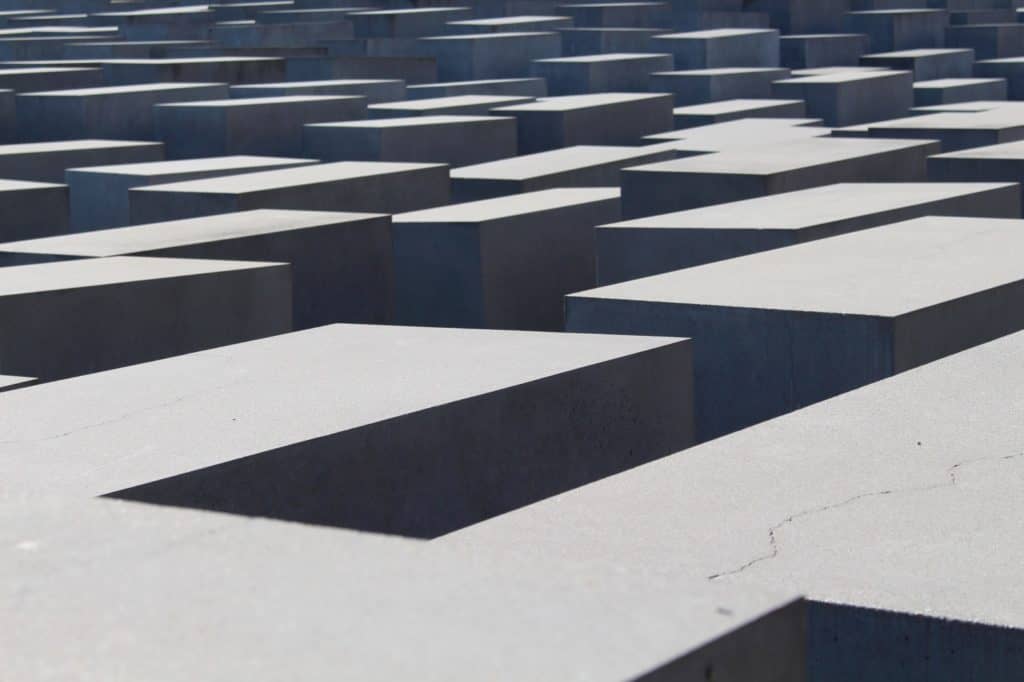
The Holocaust Memorial is one of the most-visited monuments in Berlin, and for good reason.
This elegant installation serves as a humble reminder to the millions of murdered Jews and their suffering in concentration camps in and around Germany during World War II.
Additionally, an underground information centre holds the names of over 3 million Jews who lost their lives in the Holocaust.
More information: Memorial to the Murdered Jews of Europe
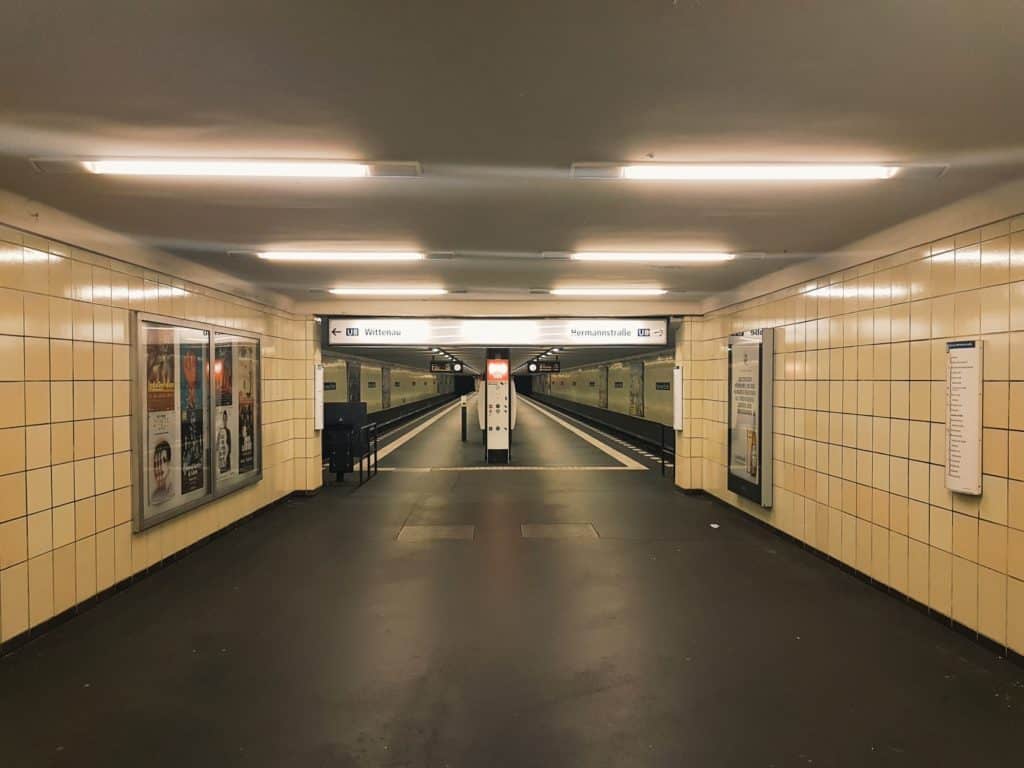
One of my favourite free things to do in any destination is just walking around without having a specific destination in mind.
Let the cobbled streets envelop you, lose yourself in tight alleys and big shopping streets. Take in the atmosphere.
It doesn’t have to be a whole day, either. Just take an hour or two and go where the wind takes you. You’d be surprised at what you’ll discover.
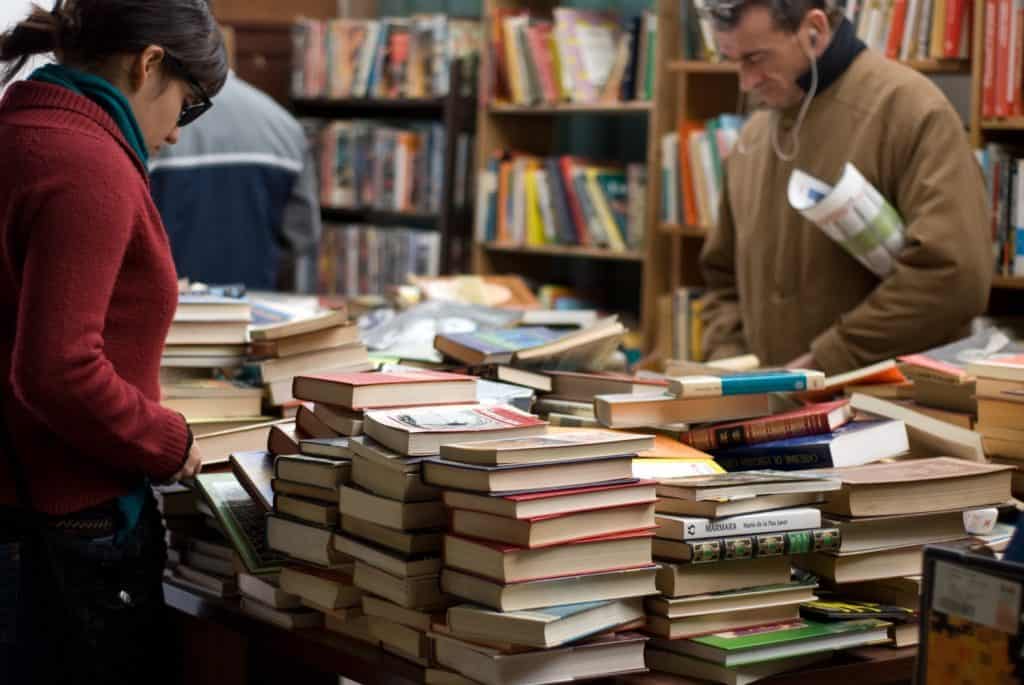
If you’re someone who gets joy out of hunting vintage posters, collecting stamps or hoarding war memorabilia, Berlin really is the place to be.
Since the city’s flea market culture is hardly a secret, you could possibly spend your entire holiday in Berlin browsing its many flea markets.
The biggest and most famous flea market in Berlin is at Mauerpark, but that’s definitely not the only one worth checking out.
Read this article about nine awesome flea markets that aren’t Mauerpark by the people from EXBERLINER.
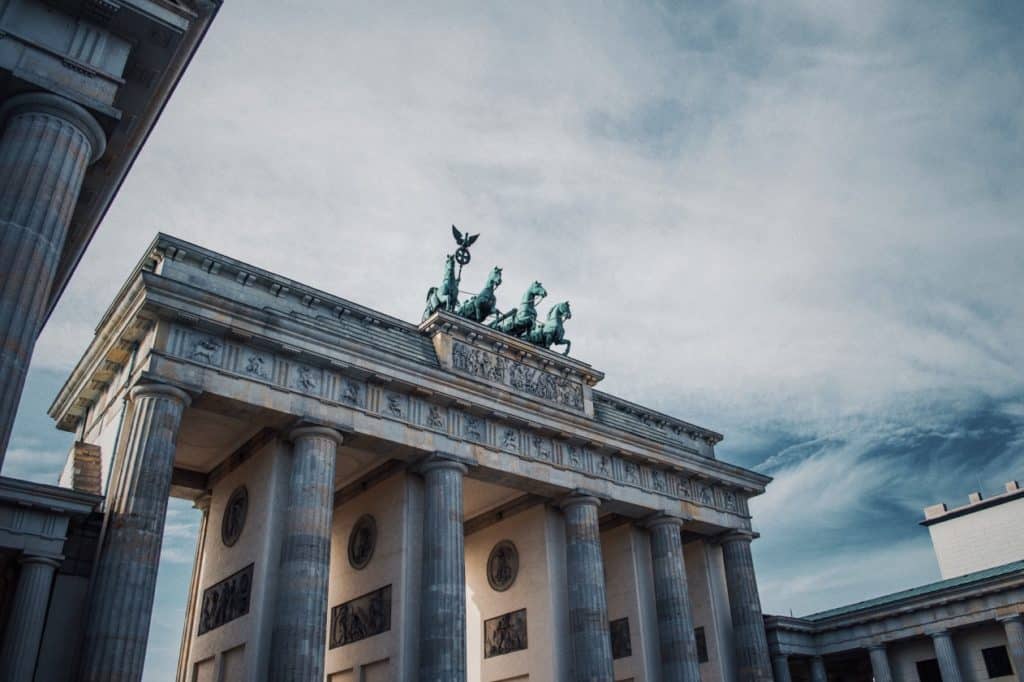
For architecture and history nerds, monuments like the Brandenburg Gate (Brandenburger Tor in German) are a sight to behold.
Constructed in 1791 on the orders of Prussian king Frederick William II, it has been the scenery for many significant events from German history.
Today, the Brandenburg Gate is considered a symbol of both the stormy history of Germany and Europe and unity and peace across the European continent.
More information: Brandenburg Gate
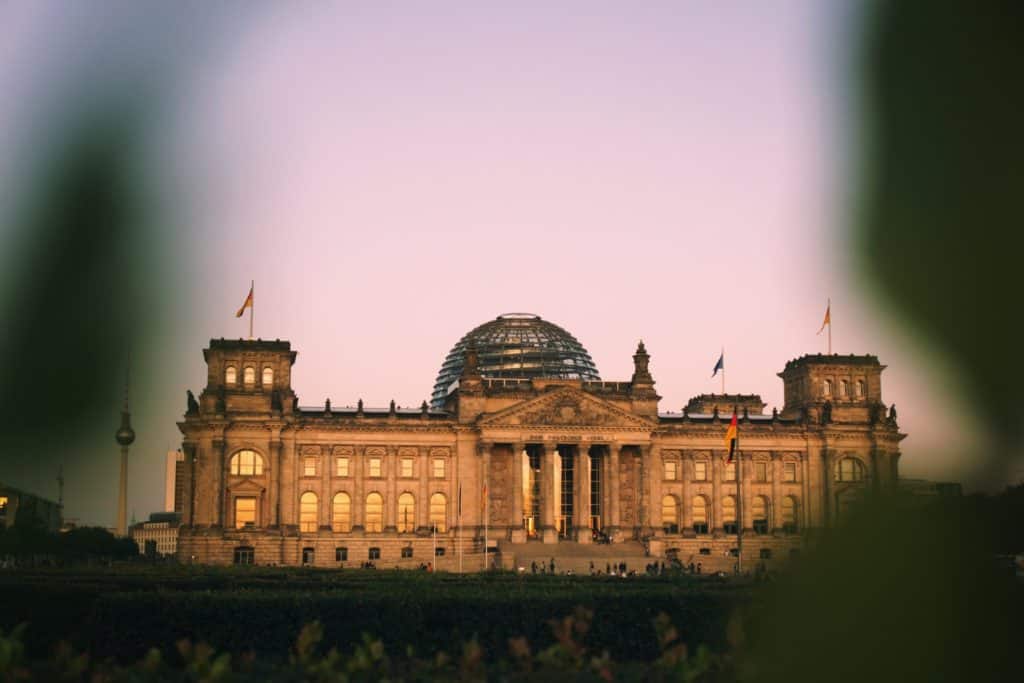
One of the city’s most historically significant buildings is the Reichstag, which has housed the German parliament since 1999.
The building stands steady in the Berlin skyline as a symbol of European and German democracy.
For visitors, one of the most interesting things to do is to climb up to the roof of the Reichstag building and enjoy the free panorama. Keep in mind that you have to register online to climb the building. (But it’s completely free!)
More information: Reichstag Building
Berlin’s Museum Island (Museumsinsel in German) is home to five museums, where you can find impressive collections besides the eye-catching exteriors of the buildings.
Unfortunately, you’ll need to purchase a ticket to actually get into the museums, but you can freely walk around Museum Island without a ticket.
One ticket costs €19 (€9,50 for reduced price tickets) and will get you into the following museums:
More information: Museum Island
Given its status as one of the most-visited war-related places in Berlin, Topography of Terror is definitely a documentation centre worth visiting.
The aptly-named Topographie des Terrors exhibition serves as a humble reminder to the terrors of the Second World War, including information about the Gestapo, the SS and the Reich Security Main Office.
Admission to the site is free and every exhibition is fully accessible for people who use wheelchairs.
More information: Topographie des Terrors
Note: the information in this post is loosely based on a Twitter thread with free things to do in Berlin that I made last year, just after I came back from my own trip to Berlin.
PIN IT!
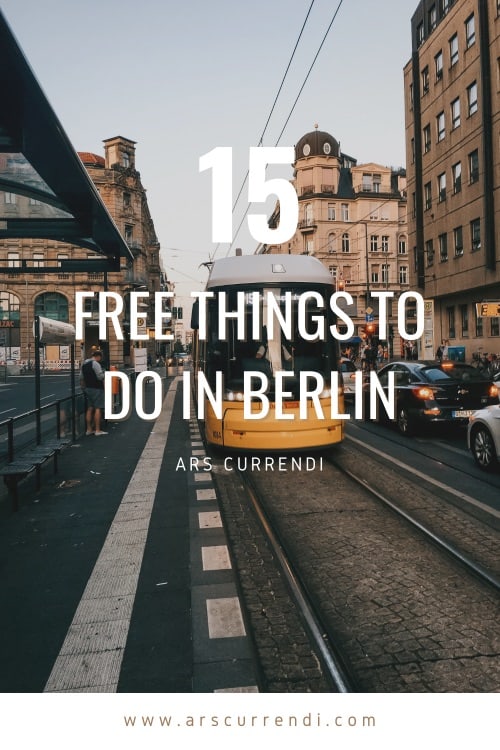
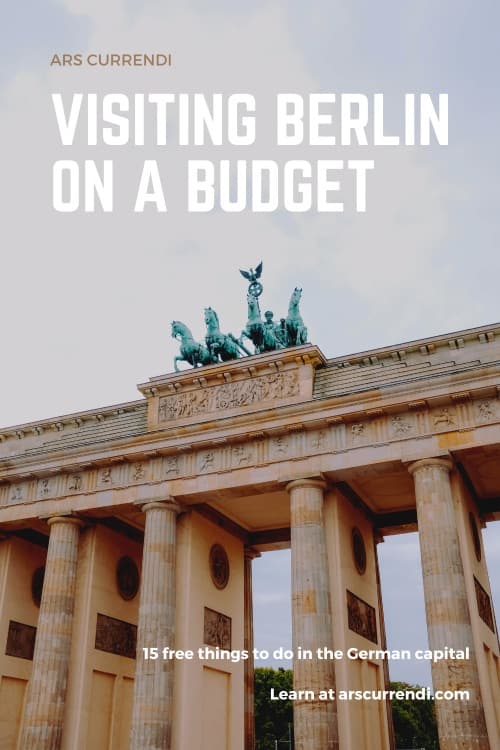
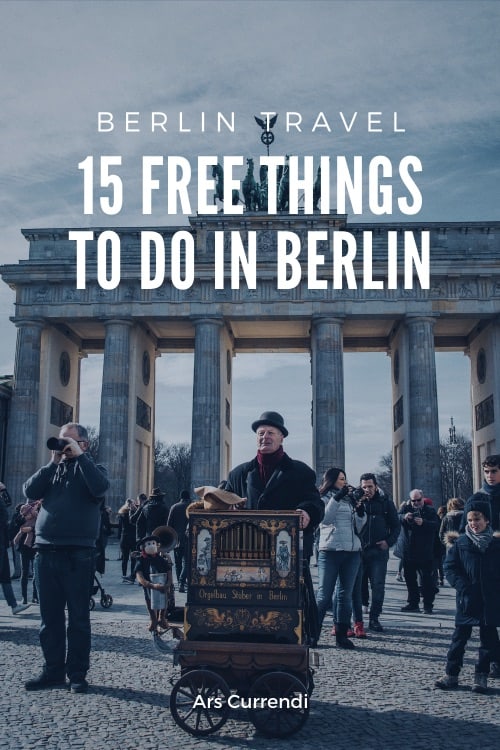
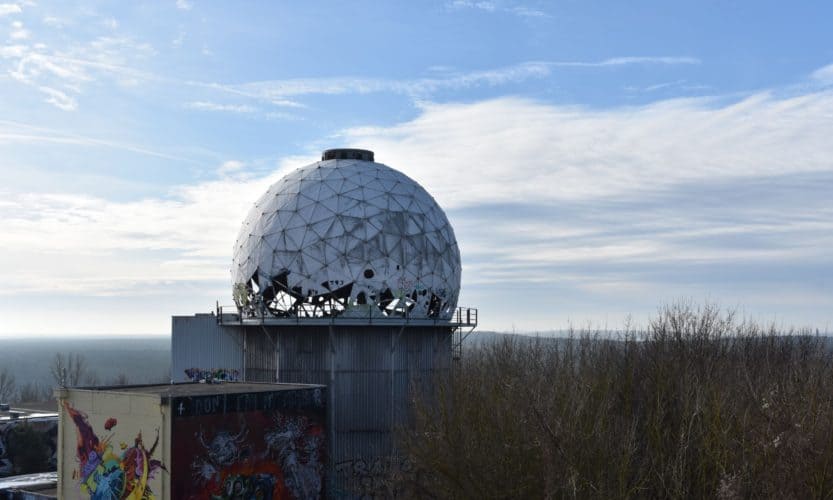
With over 3.5 million inhabitants, Berlin is one of the biggest cities in Europe. Besides heavy traffic and a very well-thought-out public transport system, that means that there is a lot to do here. The reasons why you should visit Berlin will quickly become clear if you keep reading. This is my three-day, off-the-beaten-path Berlin itinerary for solo travellers.
Note: this post will be something between ‘what I did in Berlin’ and ‘what you should do in Berlin’. That being said, if I recommend a hostel, a restaurant, a café or an activity, it’s because I enjoyed it there. But it’s also because that’s what I did. Feel free to use this Berlin itinerary as a starting point and make your own travel itinerary according to your wants and needs.
I was in Berlin in February 2019, from Monday until Friday. However, I didn’t really get to do any things worth mentioning on Monday or on Friday because of my flight times. For that reason, I’m only including three full days in this itinerary.
This 3-day Berlin itinerary will give you a good idea of what to do in Berlin and what you can expect on a trip to the German capital.
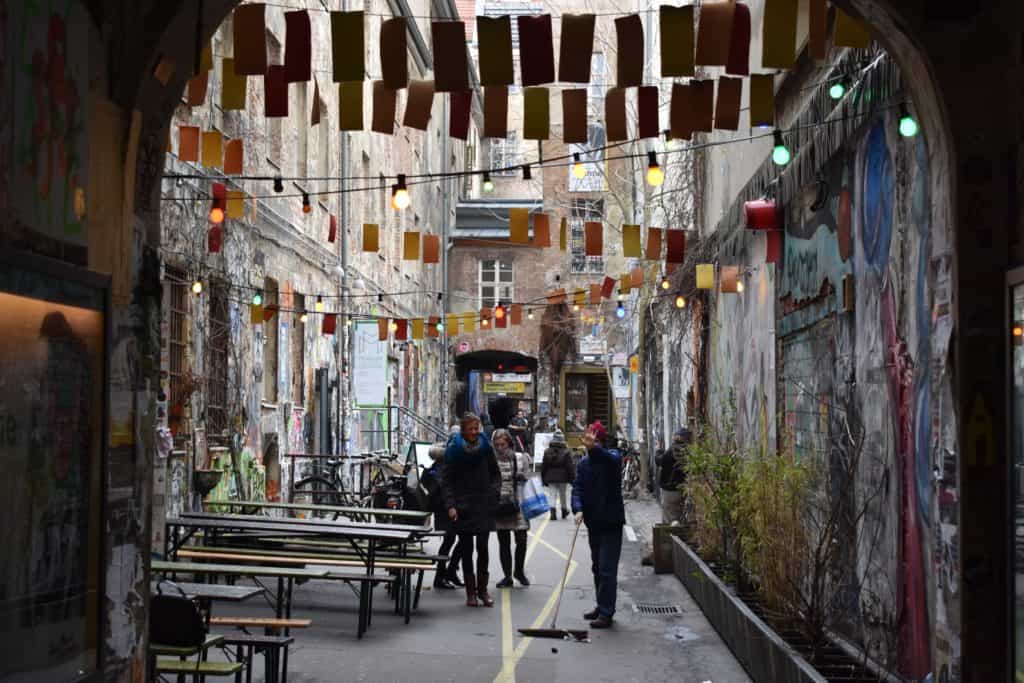
Visiting Berlin off-the-beaten-path doesn’t mean that you can’t visit popular tourist attractions. It just means that you don’t want to spend your entire trip looking at them.
If you’re like me, you’re not fundamentally against popular attractions. You don’t stay away from the Eiffel Tower in Paris or Dam Square in Amsterdam just because many people visit them. After all, there’s a reason why tourist attractions are so popular.
So, since these attractions are still appealing, even when thousands of people lay eyes upon them every day, we’re going to cram the most important sights of Berlin into one day.
Day 1: Morning
After settling into Berlin, you’re going to check out a guided tour of Berlin during the wars of the 20th century.
Day 1: Afternoon
Now it’s time for the bare Berlin essentials. DDR Museum, Bebelplatz, Gendarmenmarkt, Memorial to the Murdered Jews of Europe, Brandenburger Tor and Reichstag Building. It’s going to be a busy afternoon.
Note: I didn’t include Checkpoint Charlie in this day (or anywhere else in this Berlin itinerary) because I personally believe it’s not worth a visit. It’s become too much of a tourist trap recently and it’s supposedly really underwhelming.
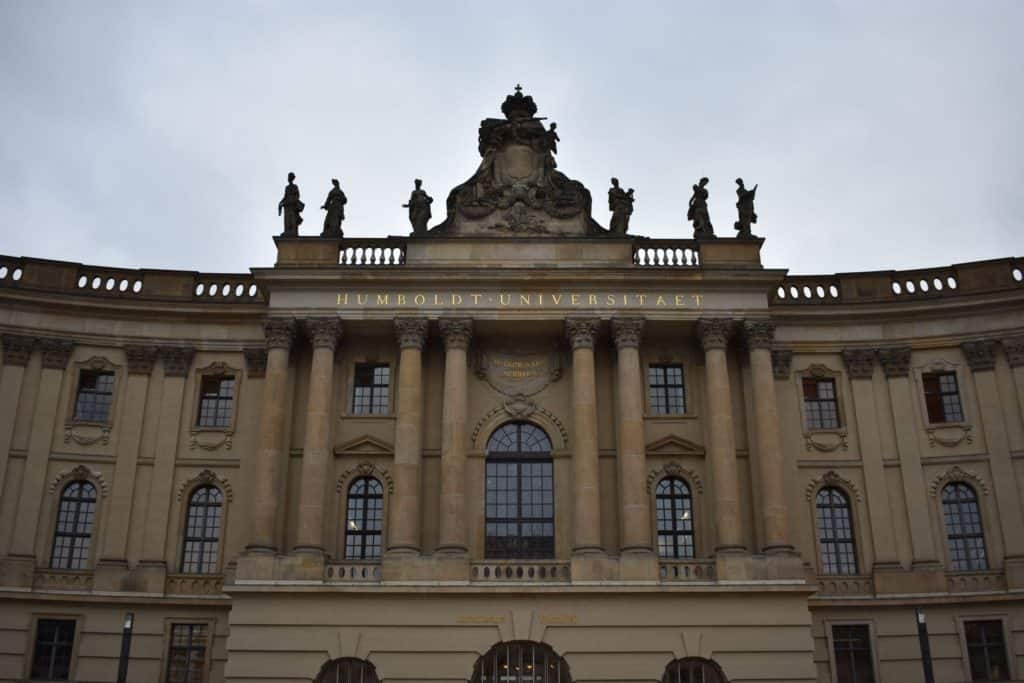
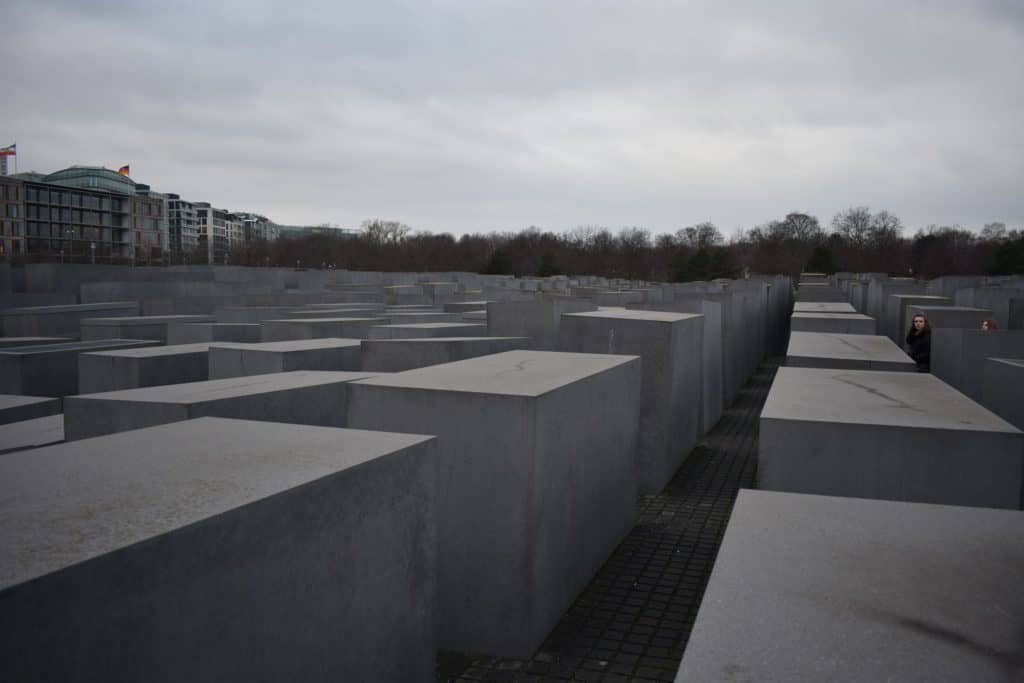
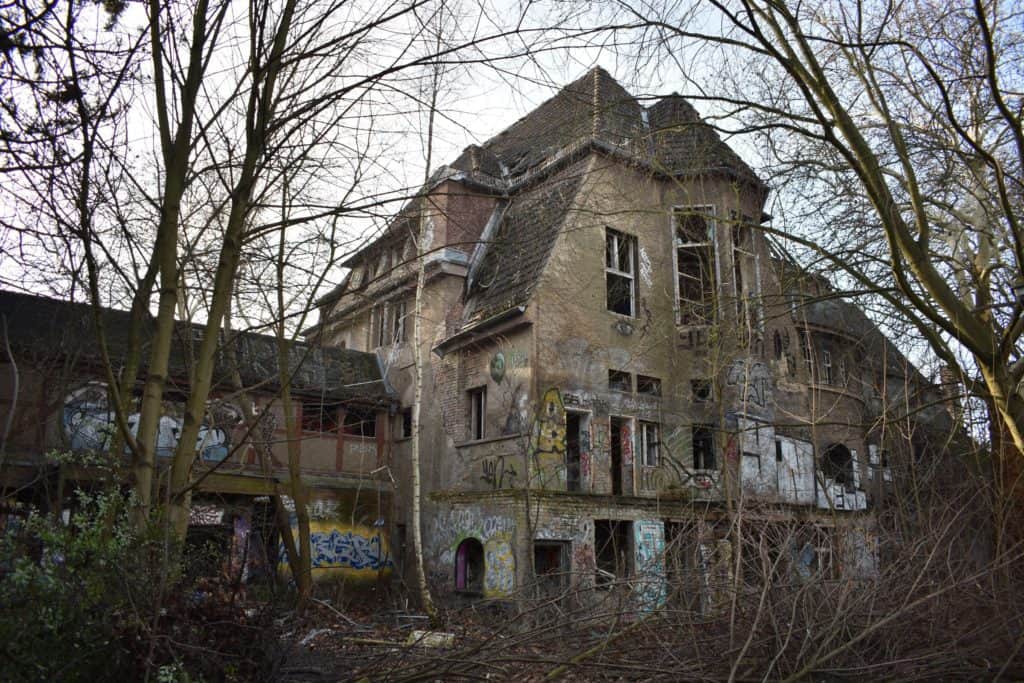
I told you to get up early, right? You’ll see why that is if you just keep reading. But let me tell you: it’ll be worth it.
Day 2: Morning
This morning, your main project is to visit the abandoned children’s hospital Kinderkrankenhaus Weißensee. You might think “But why would I want to visit a place like that?” and the answer is simple. Street art.
Related: Why I decided to visit an abandoned children’s hospital

Day 2: Afternoon
The next things you should be looking forward to are a free alternative walking tour, guided by locals, and an exhibition about the human body.
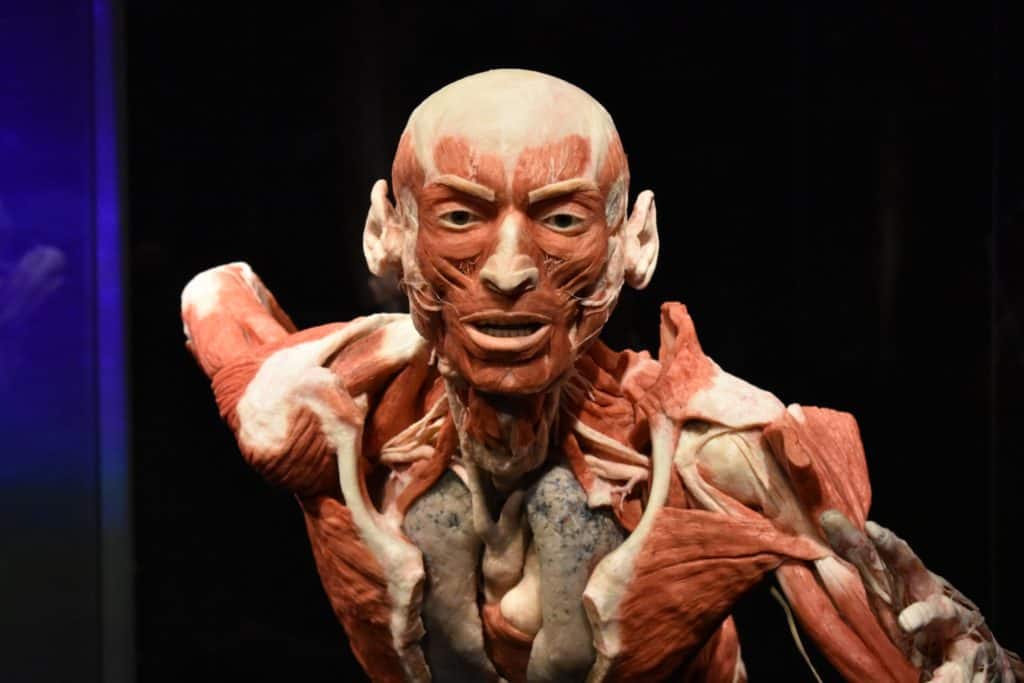
The last day of this Berlin itinerary will have you exploring some famous abandoned sites in Berlin, as well as checking out an iconic remainder of the Cold War and an indoor street food market.
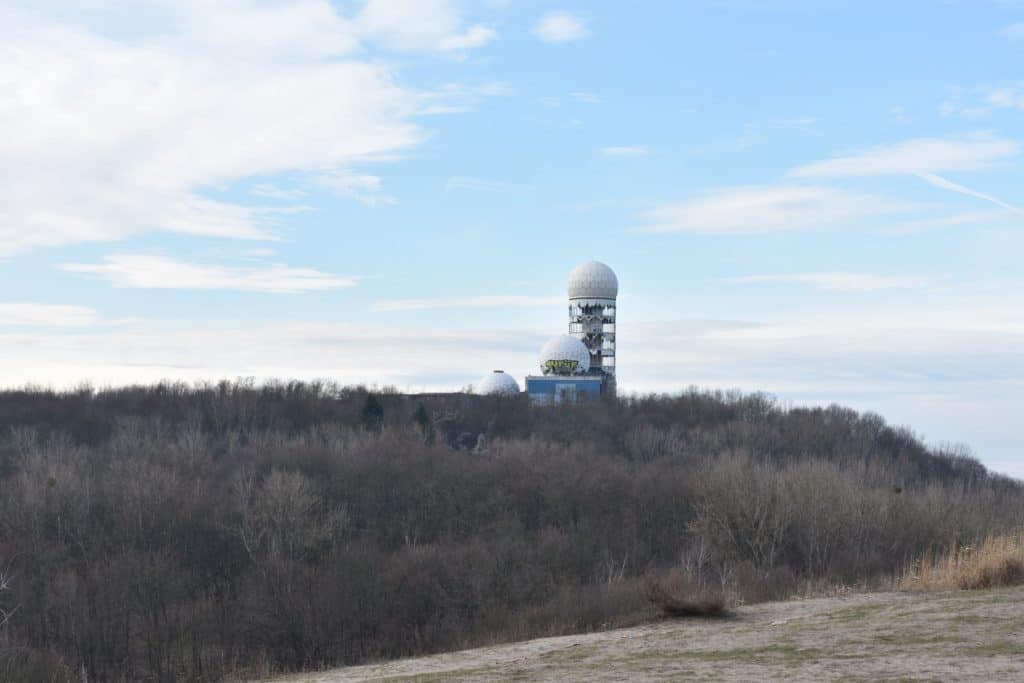
Day 3: Morning

Day 3: Afternoon
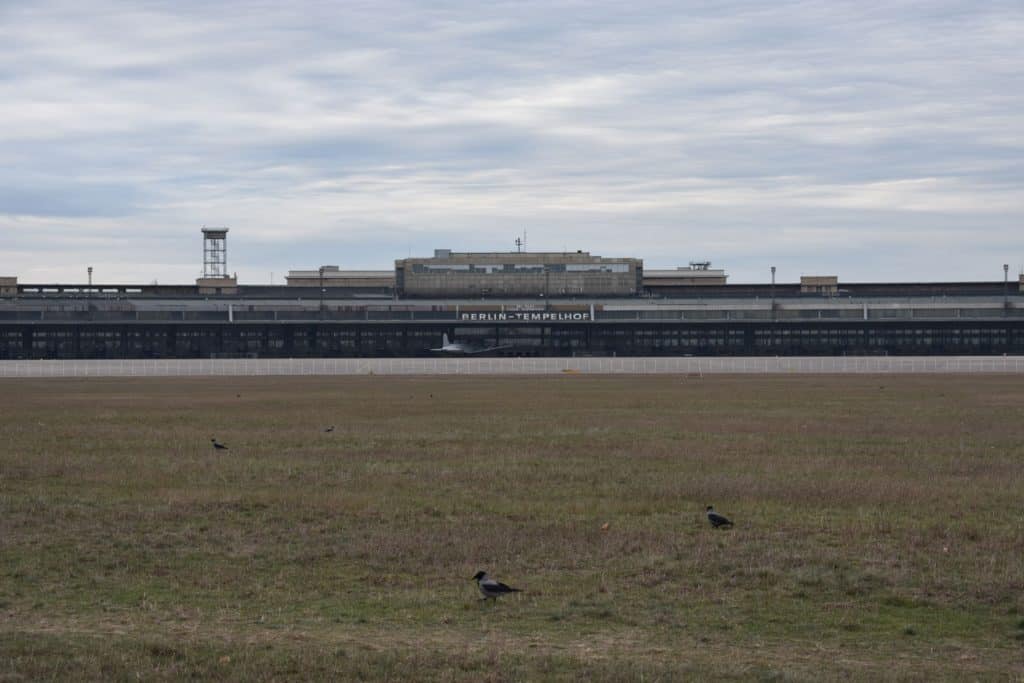

This is the end of my 3-day solo Berlin itinerary. Hopefully, it’s given you some ideas for things to do in Berlin ‘off the beaten track’, because the German capital is more than just Checkpoint Charlie and Brandenburger Tor.
However, a Berlin itinerary is not the only thing I’m giving you in this post. Although you could stop reading right now if you wanted to. I won’t be offended – and I’d likely never find out anyway.
How expensive is a city trip to Berlin? How long should I save up for this trip?
Luckily for you, I kept track of literally all my expenses while I was in Berlin. So, this is not only a Berlin itinerary, but it also gives you an answer to the question “Is Berlin expensive?”
Honestly, it is quite expensive, but Berlin prices tend to be very similar to any other major western European city.
Note: I used an app called Tripcoin to keep track of my expenses. My flight to Berlin touched down at 2:30 pm on Monday and my flight back home departed in Berlin at 11:05 am.
This is everything I spent that had anything to do with my trip to Berlin.
I know this might sound like a lot, but for a 5-day solo city trip to a big city in western Europe, I’d say it could have been a lot worse.
If you want to splurge on a nice hotel and a fancy restaurant, be my guest. If you want to spend as little money as possible, be my guest. The point of travelling solo is that you can do whatever the hell you want to, so I’m not going to sit here and tell you how much money you should spend in Berlin.
I’m just giving you this information so that you can decide for yourself.
There — now you know why Berlin has become one of my favourite cities to spend time alone in Europe.
Have you ever been to Berlin? What did you think of it?
If you haven’t gone to Berlin, would you consider going there? Why (not)?
Thanks for reading!
-S
PIN IT!



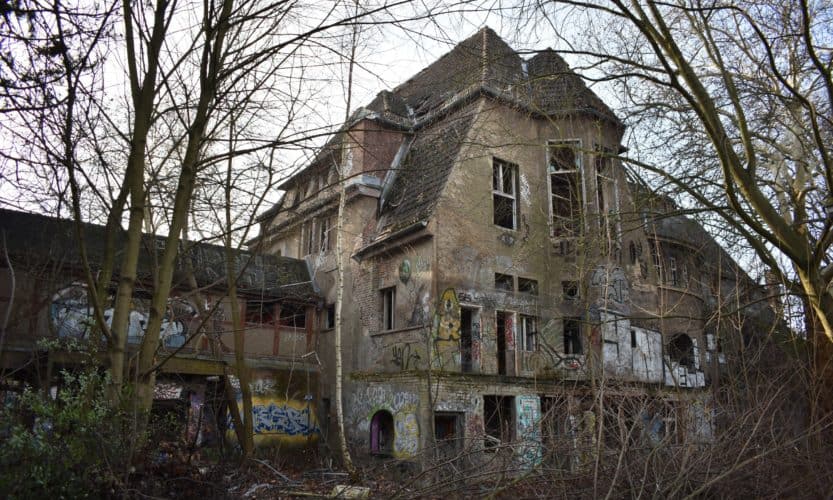
That’s exactly it. I visited an abandoned children’s hospital and I loved it.
Now, I get how this might not seem like something to look forward to on your next city trip. But I had been looking forward to this from the moment I started planning my solo trip to Berlin in February.
As I talk about in the post linked above, I visited an abandoned children’s hospital in Berlin, called Kinderkrankenhaus Weißensee.

To be fair, I completely get it. I honestly do get why you wouldn’t want to do this.
But hear me out.
As I was preparing my Berlin trip, I browsed through Atlas Obscura (a great website to find amazing not-so-popular things to do all around the world!) and I came across the listing for this hospital.
This website described the building as a “state-of-the-art medical facility from the Imperial era” that has now become “a derelict ruin”.
So, naturally, I wanted to investigate.
After some further research, I stumbled across a Dutch article by Eva from Blackbirds & Blossom, who had also visited Kinderkrankenhaus Weißensee.
Eva took a more art-based approach to her visit, and her article perfectly shows this. It features many gorgeous pictures of the inside of the abandoned children’s hospital.
I decided to combine these two online sources and visit the building myself, paying close attention to both the decaying, abandoned state of the building itself and the graffiti transformation it has recently gone through.
If this blog post inspires you to go to this abandoned children’s hospital yourself, it’s really not as difficult as you might think.
All you have to do is get to a bus/tram stop called Buschallee/Hansastraße. The main bus/tram lines that stop here are bus 259 and trams 12, 27, M4 and M13. You’ll probably end up taking an M4 tram from Alexanderplatz.
As I explained in my Berlin itinerary post, visiting this place is illegal, strictly speaking. It’s fenced off and the city has made some efforts to keep explorers like you out.
Related: Three-day off-the-beaten-track Berlin itinerary for solo travellers (but also for non-solo travellers, honestly)
But, honestly, the fences really aren’t that big of an obstacle if you’re dedicated enough.
Walk along the street until you reach the entrance to an athletic field called ‘Stadion Buschallee’ (see picture).
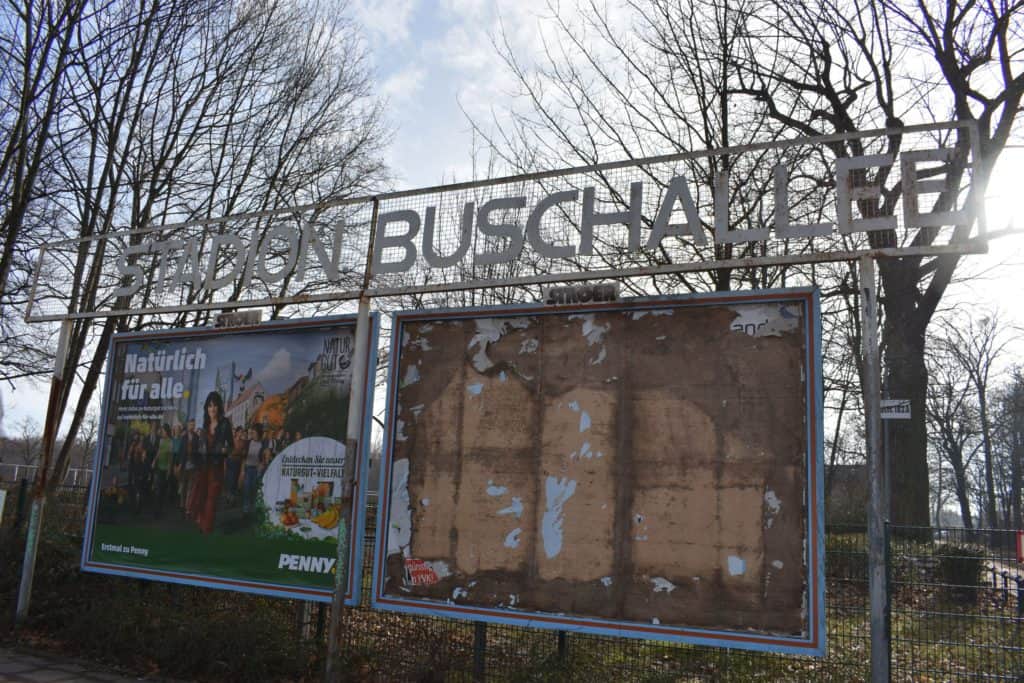
You didn’t hear this from me, though.
Once you’ve gotten over the fence, the urban exploration can begin. This is where you get carte blanche to do anything you desire.
I was very excited to visit this place. I had been looking forward to this for a few weeks, ever since I found out that it was a possibility.
On my way to the hospital, I was joined in the tram by a group of schoolchildren. At about 9 am. Luckily, I had had coffee earlier that day and I had some good Spotify playlists, so I didn’t care too much.
The first nerve-wracking moment of the day was trying to find a way in. The place that I can only assume used to be the main entrance was covered up by wooden plates because too many people were trying to get in. It was impossible to climb these plates, so I kept looking for other options.
And then I found the metal fence just around the corner that I mentioned earlier. Fortunately, this fence was easier to climb – although I can’t have looked very flattering doing it.
Bottom line, I got in.
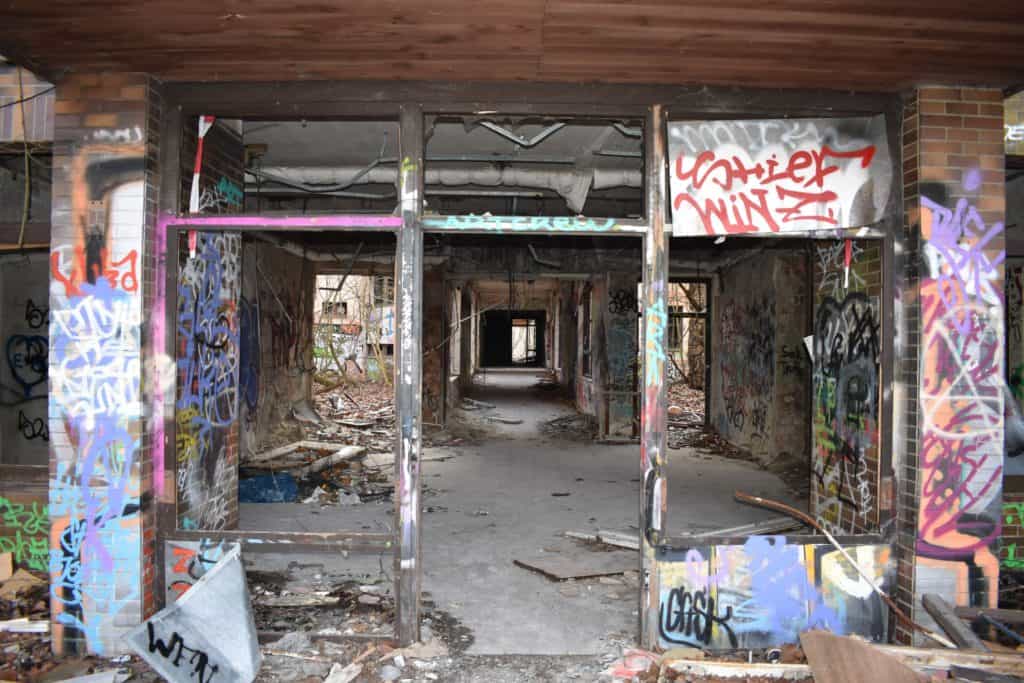
The next terrifying moment was actually taking the first step inside the building. I had no idea if any other people were in there, I didn’t know how well-preserved the floor and walls were (read: I was afraid I would fall through the floor) and I didn’t really know what to expect.
But again, I fought the fear and I went inside. I immediately saw half-wrecked stairs and wallpaper that was peeling off.
I occasionally had to use my phone’s flashlight because – obviously – there were no lights.
After a few minutes, I regained my confidence and started actually exploring the hospital buildings.
At first, what I saw didn’t impress me very much, because the first few rooms I saw didn’t have any spectacular or thought-provoking art (you can find some examples of that below). However, the further I ventured into the abandoned children’s hospital, the more impressive the things I saw were.
Note: I’m definitely not saying that every room you enter will have graffiti masterpieces. In fact, you will mostly see meaningless graffiti tags that don’t seem to contribute anything to the building. I’m definitely not trying to discourage you from visiting this place, but I’m just saying it like it is to avoid disappointment.
But then again, the scarcity of truly beautiful graffiti only makes finding the impressive pieces that much more worthwhile, doesn’t it?
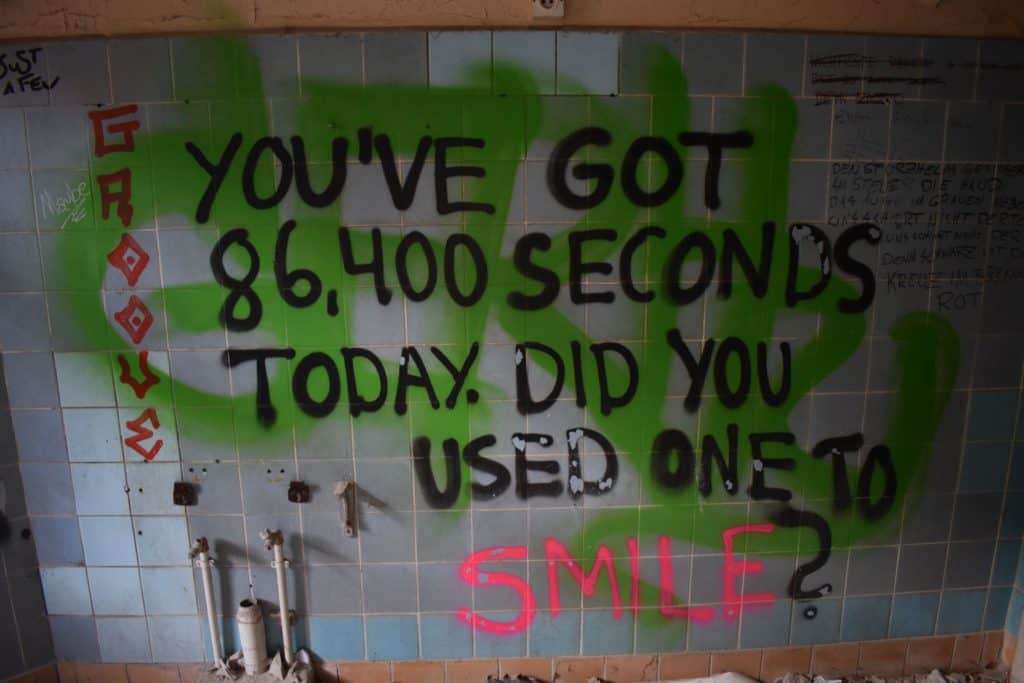
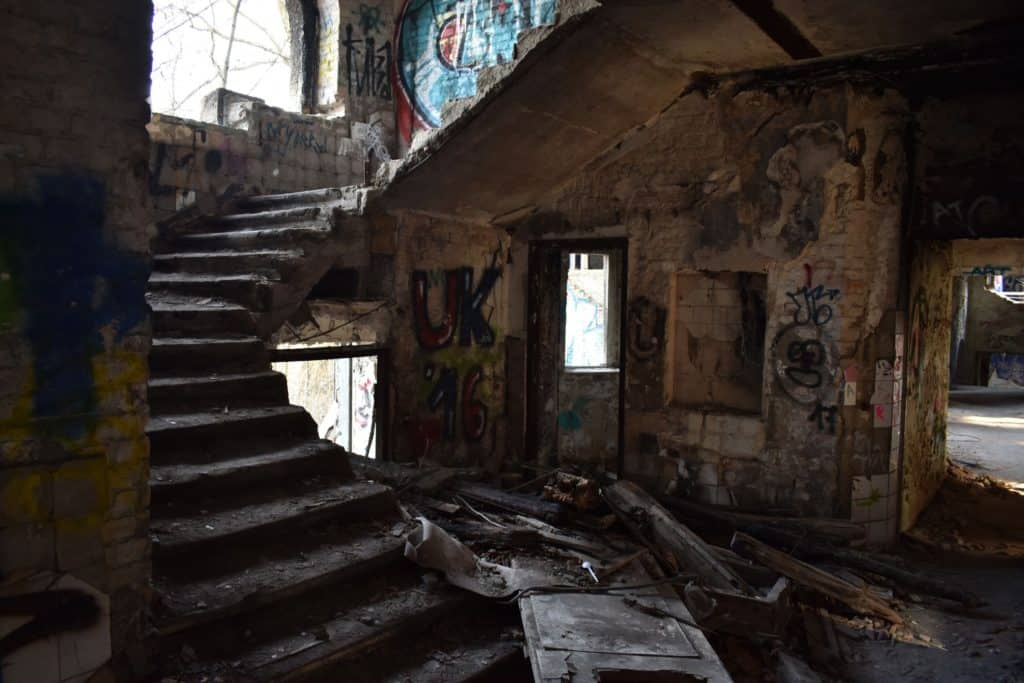
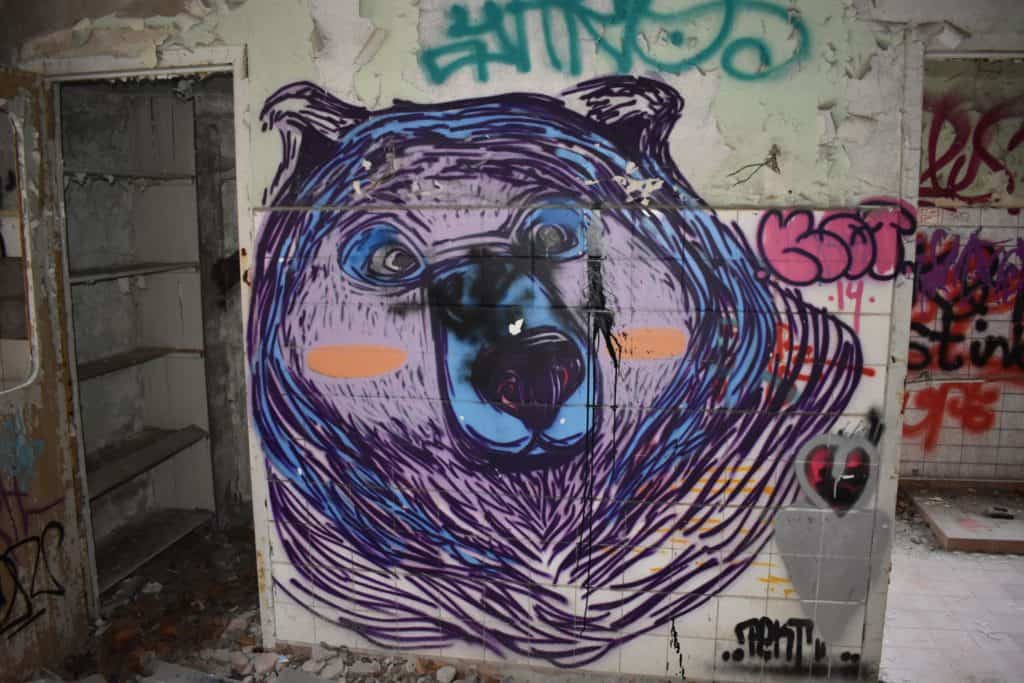
An hour or so later, I went back outside and started walking towards one of the other buildings. Until I saw a man on the other side of the grounds.
Since I didn’t get a good look at him, I had no idea whether this man was another explorer like myself, he worked there, he worked for law enforcement, or something else entirely.
I decided that it was better to be safe than sorry and I got the hell out of there.
Unfortunately, that also means that I wasn’t able to see the rooms I was most excited about, like the cupcake room or the flower room (both of which can be found in Eva’s blog post I previously mentioned).
I found my way back to the fence I had jumped over to enter the premises and jumped (well, crawled) over it again to leave. I then made my way to the bus stop and got back to the city centre without any further issues.
Have you ever done something like this? How did it go?
Thanks for reading!
-S
PIN IT!


Design by NXNW.